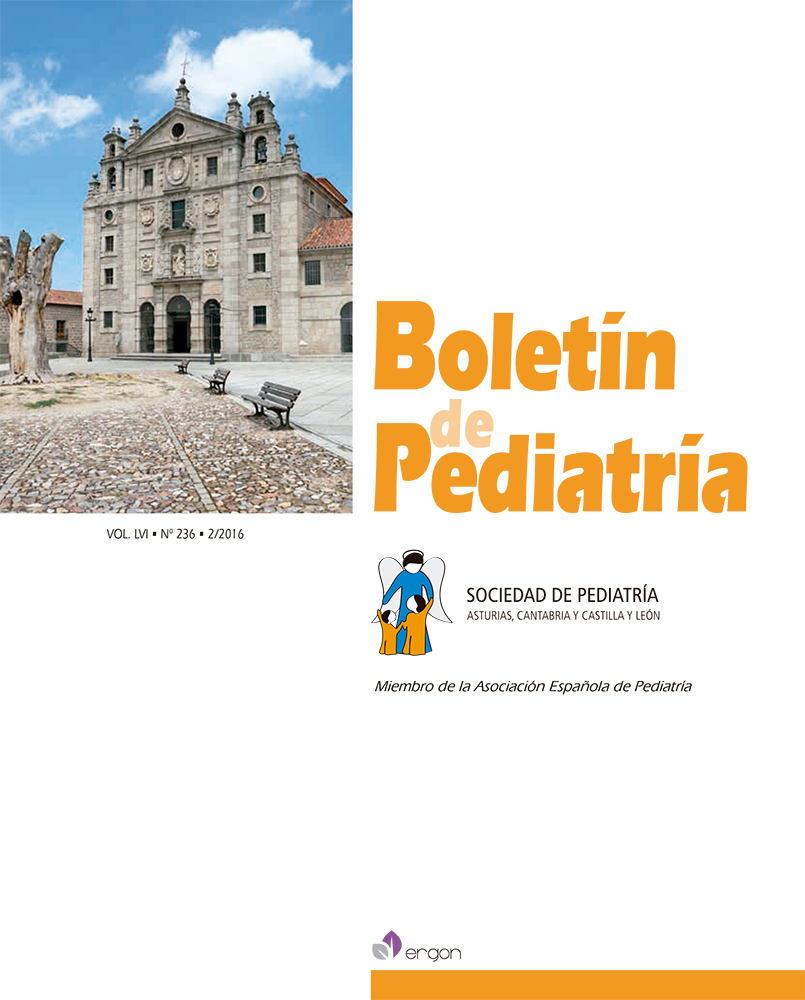Abstract
Objetive. To analyse some food practices, by age and sex, in primary and secondary schools adolescents in Cantabria, who are participating in the “Adolescents Health Habits Promotion since Education field” project.
Methodology. A cross-sectional study was carried out, analysing a sample of 1101 adolescents: 568 (51.6%) were men and 533 (48.4%) were women, aged between 12 and 17, attending 16 different primary and secondary education centers in Cantabria, by means of questionnaire.
Results. Adolescents usually eats between 4 and 5 times a day. They use between 10 to 15 minutes in having breakfast, between 30 to 35 minutes in having lunch and dinner on school days. A high percentage have breakfast alone on school days. The main eats were carried on at home. Soft drinks and sweet are the main purchase with their pocket money. Almost always, the mother is charged of buying the foods, preparing the meals and decide the morning and the afternoon snacks. Pizza and fried potatoes are considerated as most taste, whereas hot dog and hamburger are considerated as less healthy. The 58.6% of adolescents having dinner watching television.
Conclusions. In the food behavior study, it is necessary to analyse the influence of other factors which, in many occasions, are behind of dietetic recommendations and the almost always are ignored. Food practices as we have analysed permit, when these are carry out in a right way, an important improve in the people nutritional health.

This work is licensed under a Creative Commons Attribution-NonCommercial 4.0 International License.
Copyright (c) 2016 Boletín de Pediatría
